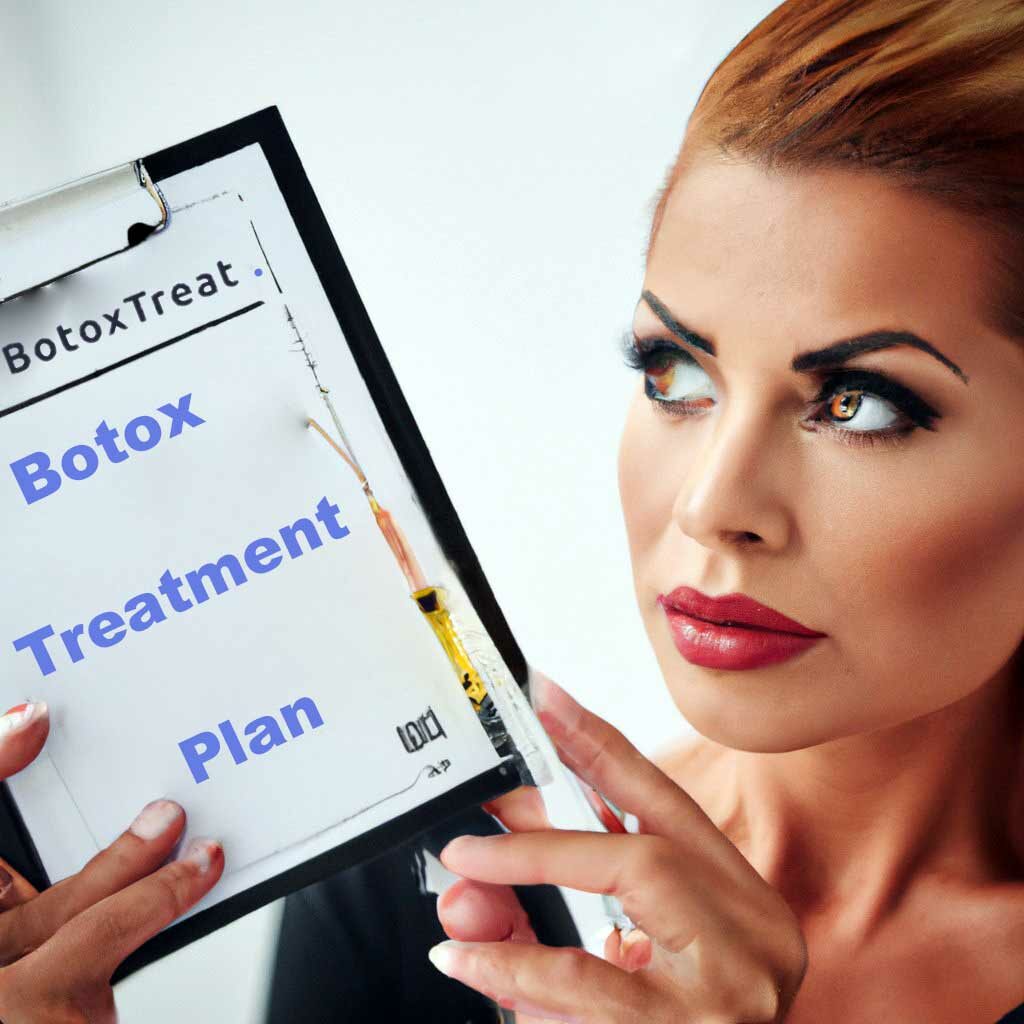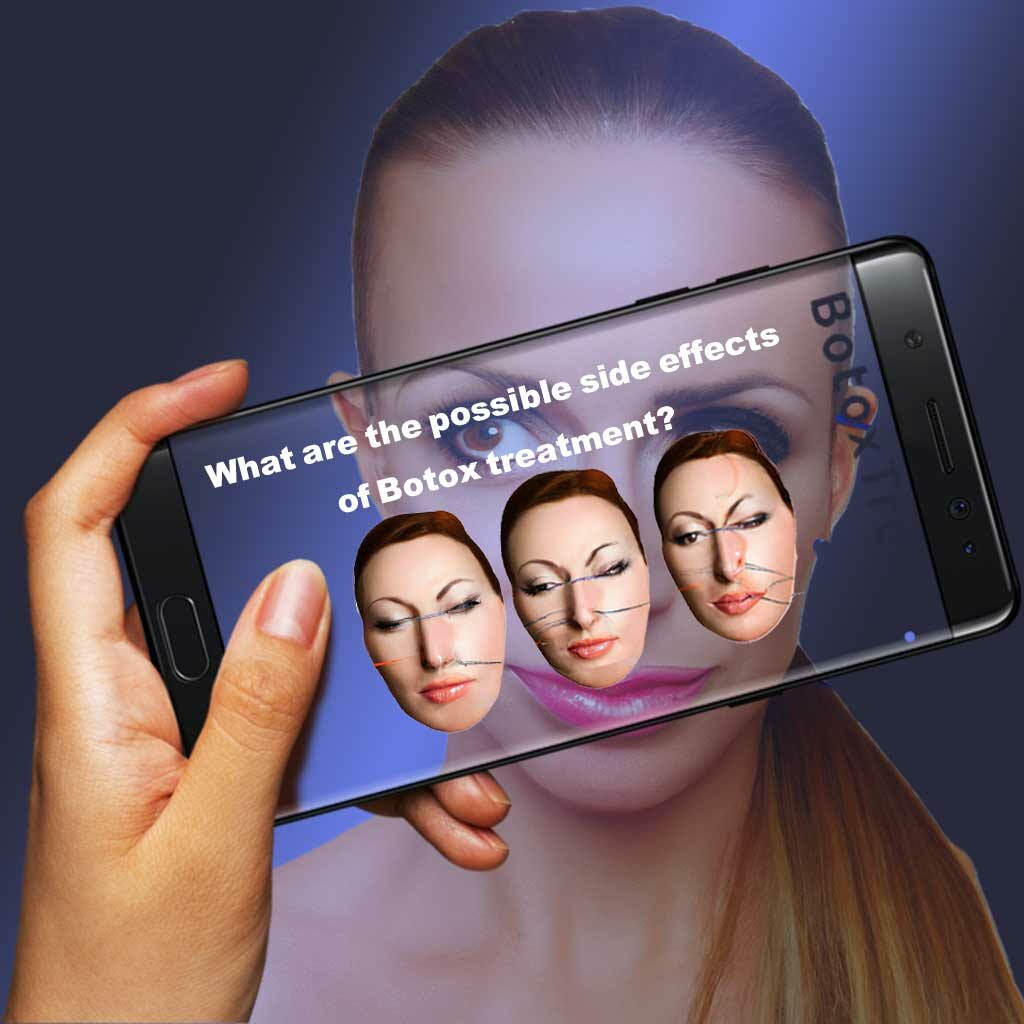Botox is a popular cosmetic procedure used to smooth wrinkles and creases on the face. It is usually injected into the lines of the forehead, between eyebrows, around the eyes, and sometimes on the neck. Some people say that Botox can help with other problems like excessive sweating or chronic headaches.
But before you start thinking about getting Botox for these problems, it’s important to ask your doctor questions first.
Have you ever seen someone with botulism?
What are the symptoms and how long does it last?
Is there any risk of botulism while I’m getting botox?
It’s also important to find out how long the effects of botox last and if there are any risks associated with this procedure.
Botulinum toxin is a neurotoxin that paralyzes the muscles by blocking their signals and can cause botulism. Botox is not the same as this neurotoxin, but it was named after it. The symptoms of botulism include double vision, blurred vision, drooping eyelids and neck weakness that can be caused by paralysis of muscles.
1. What is the treatment plan for my condition in Botox?
Botox is a drug that is used to treat many different conditions and diseases. It has been used for over 15 years and continues to be one of the most popular treatments in the world.
Botox treatment plan:
The treatment plan for your condition will vary depending on where you are and what your condition is.
Botox can be injected into the muscles that are affected by your condition, or it can be injected into other areas of the face to affect multiple areas at once. Botox is a great option if you want to get rid of wrinkles or fine lines around your eyes, forehead, or lips. It can also help with excess sweating, drooping eyelids, frown lines, crow’s feet, and frown lines around the mouth.
Botox treatment for excessive sweating: Botox can be injected into the forehead, temples, and even the neck area to reduce or eliminate extra sweat. You could also use an armpit device to help with sweating.
Botox treatment for drooping eyelids:
This is actually a very simple procedure that doesn’t involve a lot of time or harm. The downside is that it may not work well on everyone, so consult with your doctor first. Botox treatment for crow’s feet: The treatment works by preventing the muscle from contracting. In the end, you will have a more-set jaw and a relaxed eye area.

2. What are the possible side effects of Botox treatment?
Botox is a drug that is used to treat certain conditions such as wrinkles, crow’s feet, and frown lines.
Botox treatment is not without side effects. Some of these side effects are very mild while others can be severe. The most common side effect of Botox treatment is temporary facial paralysis which can last for up to six months. Some other possible side effects of Botox include headache, nausea, dizziness, and neck pain.
There are some potential side effects of botox or any other cosmetic surgery. Some of them include:
– Pain in the area where you have had surgery
– Skin discolouration or bruising around the injection site
– Injection site pain, swelling, redness, or bleeding
– Infection at the injection site
– Scarring at the injection site
– Lack of improvement in your condition Botox is a type of cosmetic injection that is used to reduce the signs of wrinkles. Several potential side effects can occur when using botox.

3. How soon can I expect to see results from the Botox injection we'll be doing today?
Botox injections are used to stop the muscles from contracting, thereby smoothing the skin.
The Botox injection can take anywhere from 30 minutes to a few hours to take effect. Results will be visible after about a week of treatment.
The time it takes for Botox injections to show results varies depending on the condition of your skin and the dosage you receive. A series of three to five treatments will result in noticeably better results. Botox is a rarer, more expensive variation of BOTOX manufactured by Allergan.
Botox injections are a type of neurotoxin that paralyzes the muscles by blocking nerve impulses from reaching the affected area. Botox is FDA-approved for use in cosmetic surgery, such as to smooth wrinkles on the face. There are currently no other FDA-approved uses for Botox. The most common side effects of Botox injections include headache, pain and muscle weakness at the injection site. Other serious side effects include urinary retention, vision problems and trouble speaking or swallowing after the injection. It is one of the most popular cosmetic procedures in Canada with over 1 million procedures performed annually. Common side effects of lip injections include discolouration or swelling at the injection site and mild allergic reactions. More serious side effects include infection and bleeding at the injection site or cold sores on the lips which usually resolve within 10 days.
4. Can you let me know how long this effect lasts after being injected with botox?
Botox is a cosmetic treatment that is used to smooth out wrinkles and lines. It is injected into areas of the face for a temporary effect. Botox can last up to 3 months after being injected. But it depends on the individual patient and the type of Botox that was used, whether it will last longer or shorter. Desmopressin is a hormone that is produced by the body to increase the production of anti-migratory factors and vasopressin. It works by targeting the area in which it was injected, which is how it achieves its results. The effects of desmopressin are temporary, lasting 3 months after injection. Minoxidil is a hair treatment that can be used to stimulate hair growth. It is applied to the scalp, where it targets and stimulates the hair follicles. The effects of minoxidil are long-lasting, lasting up to 3 months after injection. Botoxtreat is an AI-based App which is able to answer what questions may you need to ask your doctor before Botox.
This is where the BotoxTreat app comes in. Using artificial intelligence capabilities and machine learning, this app provides facilities to extend the time of Botox injection in the next turn. For more information, you can visit our product page.